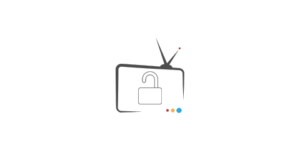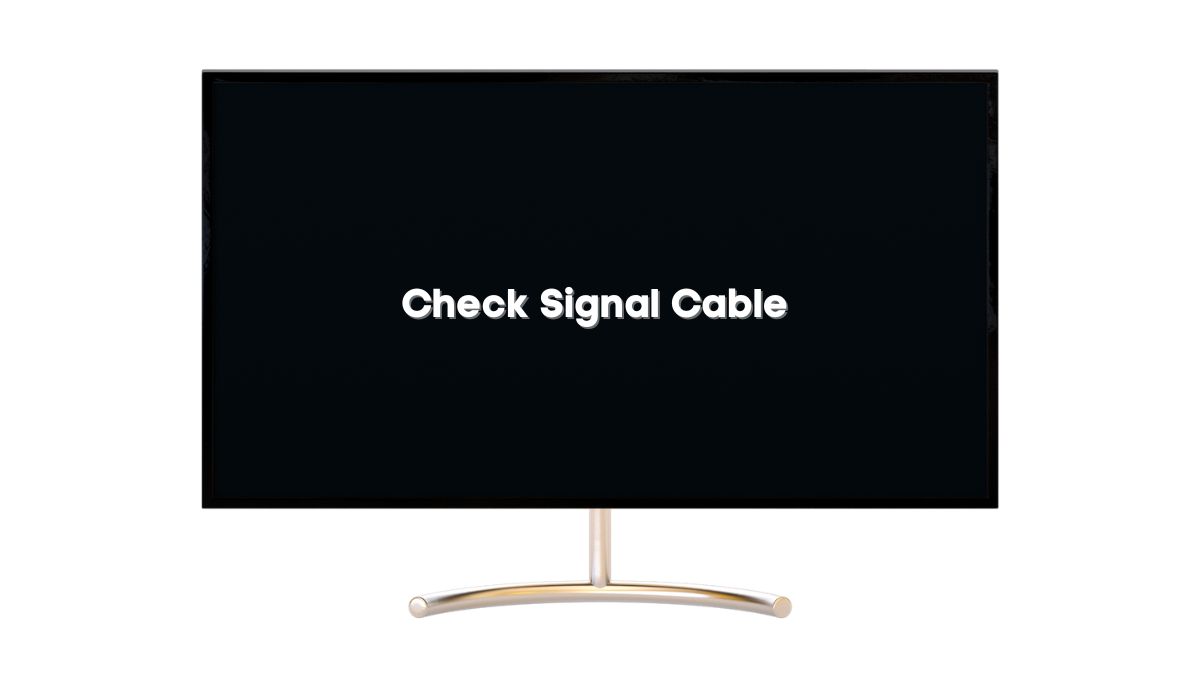TV Says check signal cable because
- The source device is off.
- The source device is defective.
- You have a damaged port on the TV or source device.
- You selected the wrong input source.
- The satellite or antenna is damaged.
- Obstructions in the vicinity have prevented the signal from reaching the dish/antenna.
- The Smart TV has a firmware error.
- You have a poor internet connection.
- The TV has reached the end of its lifespan.
- Service outage.
TV uses signals to transmit information. The signals travel at 186,000 miles per second, which is why you can watch TV programs from other countries. Lesics has a more comprehensive video that explains the workings of an OLED TV.
But for the most part, this is what you should know:
- A device turns pictures and sounds into a signal.
- A transmitter sends that signal through the air.
- The TV receiver turns that signal into pictures and sounds.
- The TV displays those pictures and their sounds on the screen.
What if the screen shows a ‘Check Signal Cable’ message? You can blame one or more of the following:
1). Your TV Is Sleeping
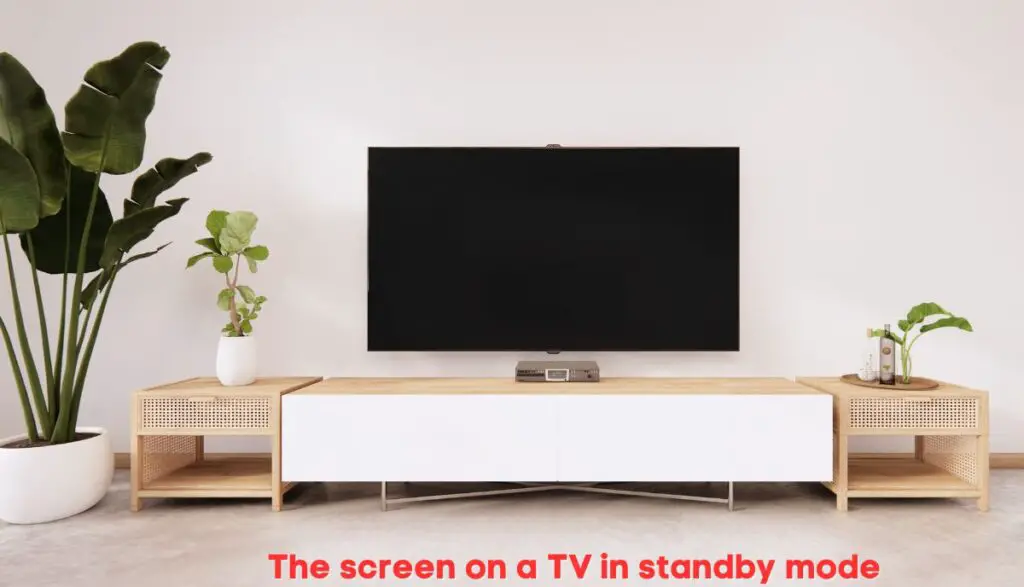
Modern electronic devices have a standby mode. The TV is still on, but it uses significantly fewer watts. In fact, this European Commission guide has noted that electronic equipment uses less than 0.5 watts in standby mode. This has been the case since 2013.
The screen on a TV in standby mode will go black because it can’t receive signals in standby mode.
How To Fix It?
Press the power button to switch the TV on.
2). The Video Cable Has A Poor Connection
Some people are a little too quick to replace their HDMI cable, especially when they see the ‘Check Signal Cable’ message. They don’t realize that a loose connection can attract similar symptoms.
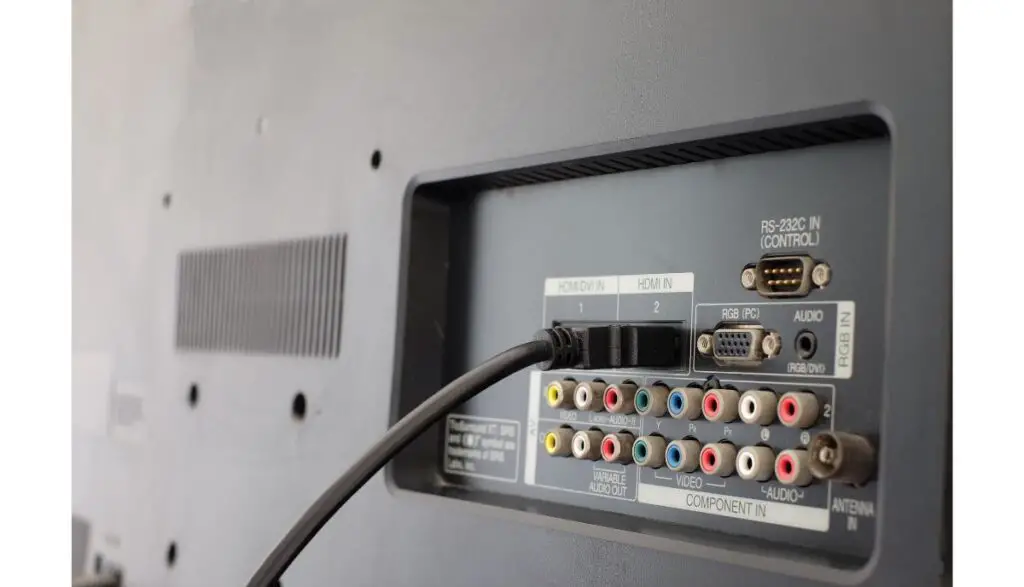
Hold the head of the cable and wiggle it. Does it have too much play? Does it feel firm in the socket?
How To Fix It?
This problem is convenient because it has a simple solution. Remove the cable and push it back in. Sometimes, reseating the cable is enough to fix the signal problem.
3). The Cable Is Dead

Cables have a limited lifespan. You can accelerate their wear and tear through poor storage and handling. Some cables won’t manifest visible signs of damage. Instead, you must look out for concerning symptoms, such as:
- Distorted sound.
- No sound.
- Blurry images.
- Flickering screen.
- Pixelated images.
These symptoms and more may appear in the weeks and months before the HDMI cable fails completely and you lose the signal.
How To Fix It?
You don’t fix damaged HDMI cables. Global Spec has a guide showing users how to select electrical tape. Many people use the substance to cover tears in a cable’s jacket. But you’re better off replacing it.
Buy an HDMI cable with gold-plated ends. You won’t notice the difference in terms of picture quality. However, the gold-plated ends are more durable.
4). The Input Port Is Dead
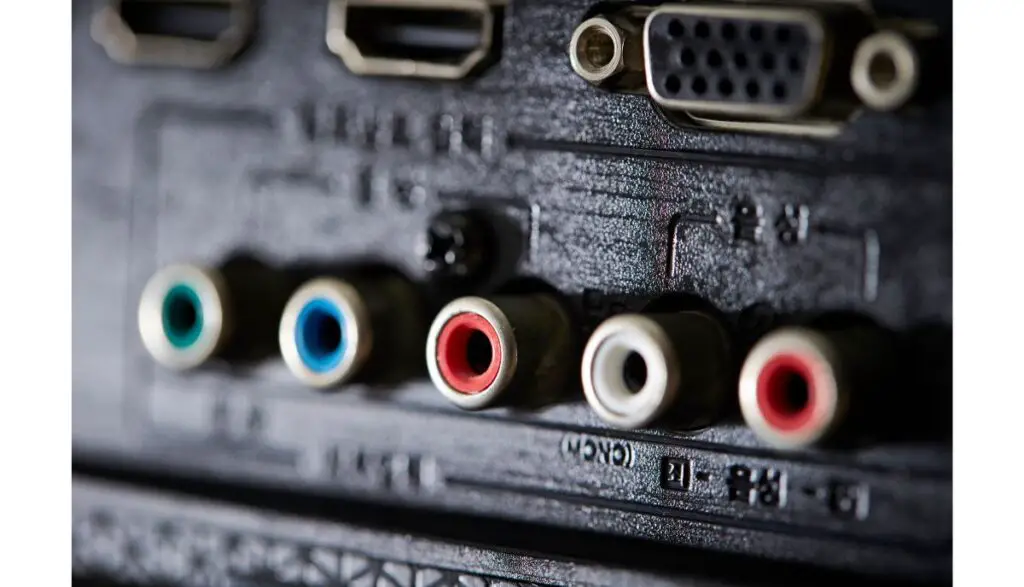
The HDMI jack can easily tolerate ten thousand insert/remove cycles. The cable tends to wear out faster than the port. But ports can break earlier than expected because of poor insertion. For instance, you can damage or dislodge the pins by applying excessive force while inserting or removing the cable. A dead port cannot transmit audio and video signals to the TV.
How To Fix It?
- Turn the TV on and connect a source device.
- If the ‘Check Signal Cable’ message persists, use a different cable.
- If the ‘Check Signal Cable’ message persists, change the HDMI source.
- If the TV has a second port, use it.
- If you eliminate the cable and HDMI source as potential culprits and the second HDMI port works, the first port is at fault. Replace it. Usually, this means replacing the input board.
5). The Input Source Is Wrong

It isn’t enough to connect the cable to the correct port. You must also select the proper input source. This Sony Guide has a picture of the input options you will see in the menu. As you can see, the list includes HDMI 1 and HDMI 2.
In other words, the TV won’t work if you select the wrong HDMI option. The input source should always match the connection.
How To Fix It?
Press ‘Input’ on the remote and select an input source that matches the connection the source device has made with your TV. If you don’t understand the options at your disposal, check the manual or the manufacturer’s website.
6). The Source Device Has A Fault
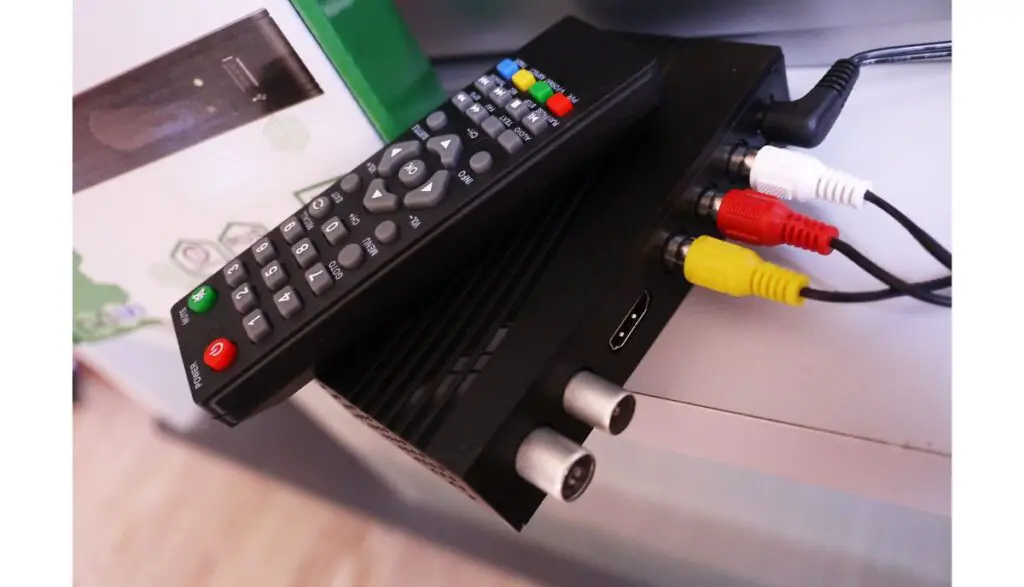
What is the signal’s source? If you live in the United States, a set-top cable box is a potential culprit. In a 2005 Natural Resources Defense Council report, Suzanne Foster revealed that 90 percent of American households had a cable or satellite service.
That has changed over the years, mainly because of the advent of streaming. The Internet And Television Association believes that 85 percent of U.S. households have access to high-speed cable internet. But that doesn’t mean they all stream their content.
After all, Graphical Research’s data shows that the set-top box market in North America exceeded $3 billion in 2020. In other words, the chances that you have a set-top cable box are pretty high. Bruce Nordman from Lawrence Berkeley National Laboratory describes the set-top box as a device that gives consumers access to satellite, cable, internet protocol, and broadcast services. Once the set-top box fails, you may get a ‘Check Signal’ message.
How Can I Determine If The Problem Is With The TV Or The Signal Source?
- If you think a particular TV station has stopped broadcasting, change the channel. If other channels still work, the TV station in question is the problem. Call them to confirm.
- If all the channels are off, call the cable provider or streaming platform. They will confirm or deny the outage you’ve experienced. Some signal interruptions occur because of bad weather at the service provider’s transmitter. But again, the service provider will confirm this theory once you call them.
- Some service providers will warn users about a possible outage ahead of time.
- Foul weather in your area can also disrupt the signal.
- You can try initiating a scan. The TV may self-correct, securing a stronger signal.
How To Fix It?
Troubleshoot the source device. If it isn’t a set-top box, what about a console, DVD player, or computer? Are they actually connected to your TV? Have you tried reseating the cable? Maybe you need a new cable or port.
If a second source device works, the first source device is the problem. You can either fix or replace it.
7). The TV Has A Glitch
Electronic devices are prone to glitches. They are more likely to afflict modern TVs if you ignore firmware updates.
How To Fix It?
- Perform pending firmware updates.
- If an update caused the problem, the manufacturer will tell you how to roll back the update, assuming a downgrade is possible.
- Reset the TV.
Is There A Way To Reset The TV To See If That Resolves The Signal Cable Issue?
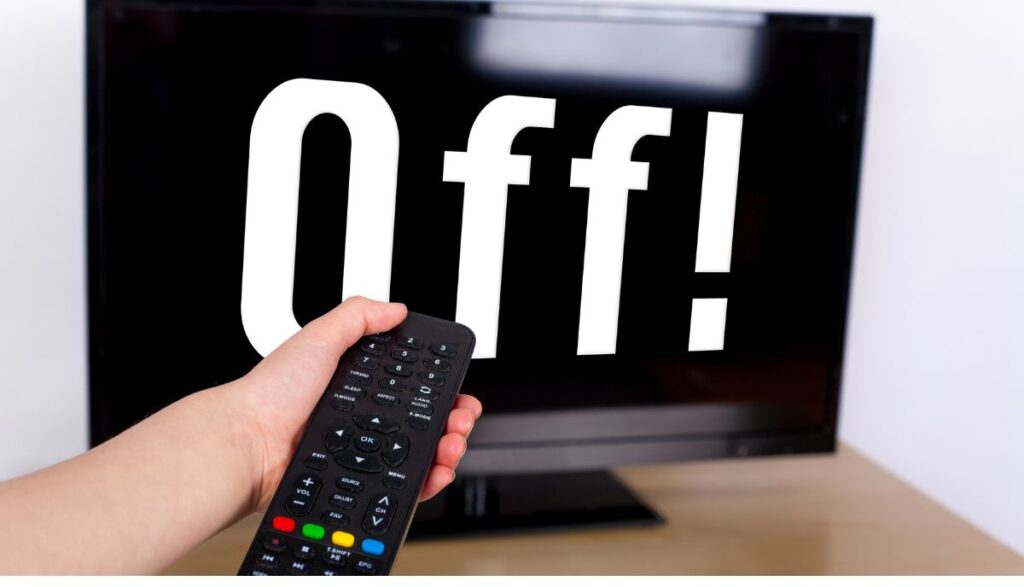
- Turn the TV off.
- Pull the plug from the wall socket.
- Wait a few seconds or minutes.
- Push the plug back into the socket and turn the TV on.
- Does it work? Has the error message disappeared?
- If the error message persists, check the source device.
- Reset the source device by depriving it of power for several seconds or minutes.
It is worth noting that some TVs have unique reset procedures. The manufacturer expects the consumer to follow a specific set of instructions. Check the manual for those instructions.
